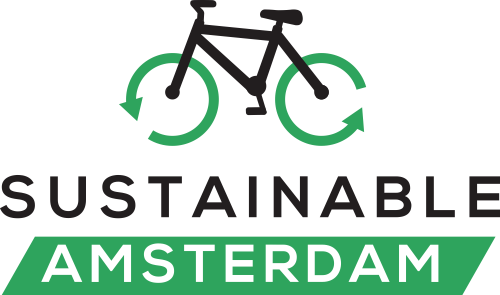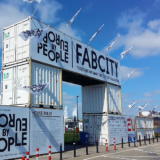2016 Sustainable Amsterdam Year in Review
2016 was a busy year for Sustainable Amsterdam! We organized 36 study tours and presentations for over 400 participants in private, public and academic groups from more than 20 countries. A majority of these tours were by bike, which is simply the best way to experience the Amsterdam approach to creating a sustainable, smart and livable city!
Looking back, our tour groups found these topics to be the most interesting and inspiring:
1. Smart urbanism
Guests were often impressed by Amsterdam’s approach to building vibrant neighborhoods that facilitate walking, cycling, and an all-around active and healthy lifestyle. Areas such as the Eastern Docklands and the peninsulas of Houthaven (currently under construction) are great examples of dense, mixed-use yet human-scaled districts that form the foundations of sustainable and smart communities. Often built on post-industrial or brownfield sites, these areas provoked the imagination of our delegations who wished to transform polluted waterfronts and inner city areas in their cities.

2. Clean transport
Many groups travelled to Amsterdam to learn about bicycle-friendly city planning. Most didn’t expect to find out that Amsterdam is also a leader in other mobility-related topics, including electric transport and shared mobility. With over 2,000 plugging charging stations for electric vehicles across the city and Europe’s first fully-electric car-sharing program, Amsterdam is building a reputation for more than just bikes. It’s not surprising that Tesla chose Amsterdam as the home of its new European office, or that Amsterdam launched Abel, the world’s first fully electric taxi company that allows you to book a seat instead of the whole car.
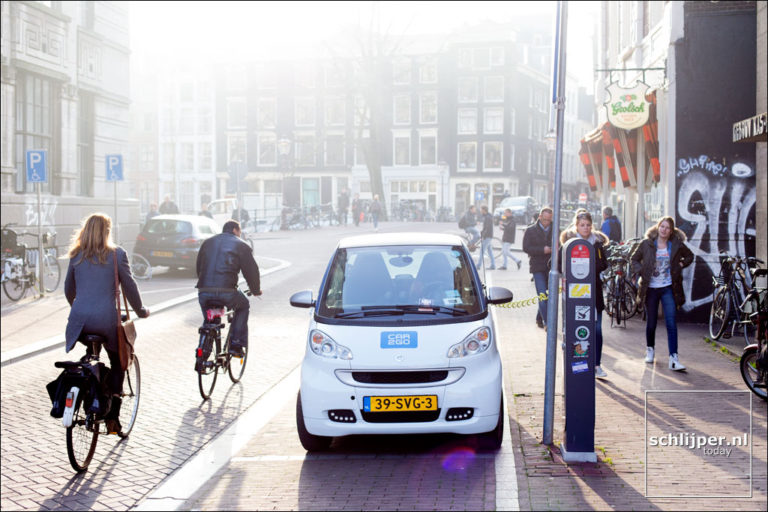
3. Living with water
Historically, Amsterdam managed to turn the disadvantage of too much water into an opportunity for trade. Today, Amsterdam is at the forefront of innovations for water-centric livable built environments. One of the best examples is the “Water Neighborhood” on the newly built series of islands collectively known as Ij-burg. These areas of the city are of particular interest to delegations from low-lying areas of the world. Another inspiring project that garnered interest is the Robot – an autonomous boat currently under development by the AMS Institute in collaboration with Massachusetts Institute of Technology (MIT). Watch this video of the first tests using a 1/4 scale prototype on Amsterdam’s canals.
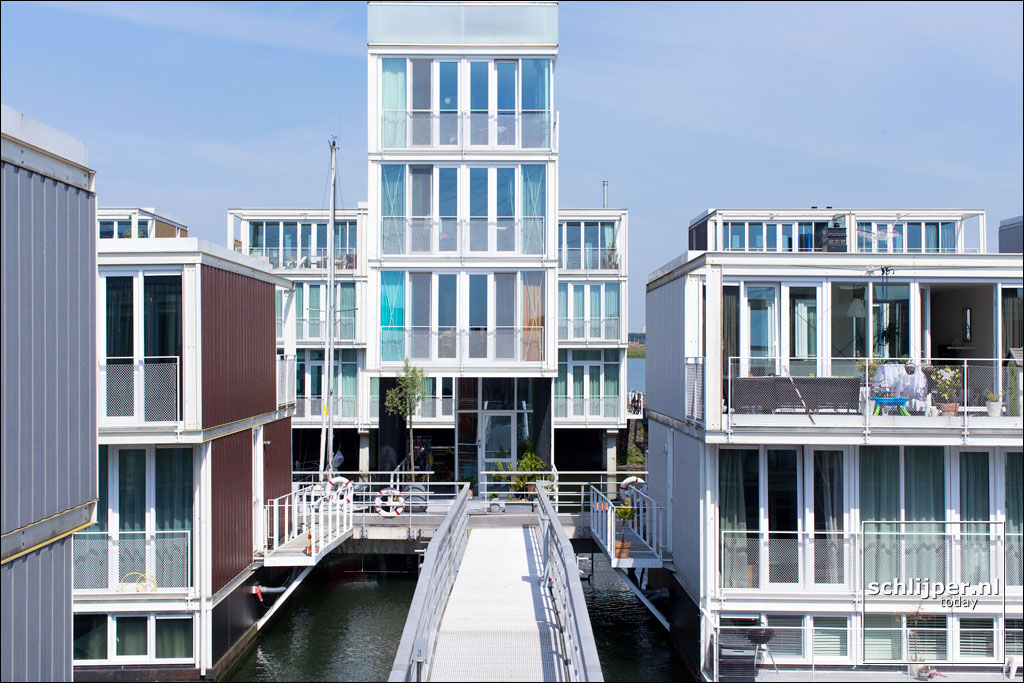
4. A green city
While a majority of delegations were interested in how technology can be used to make cities work better, some groups had a special interest in how green spaces and the ecosystems they provide contribute to a resilient and livable city. These groups were rewarded with examples of green infrastructure and landscape architecture that is foundational to active, healthy, happy cities. Just imagine if your commute in Beijing, Los Angeles or Sao Paulo looked like this:
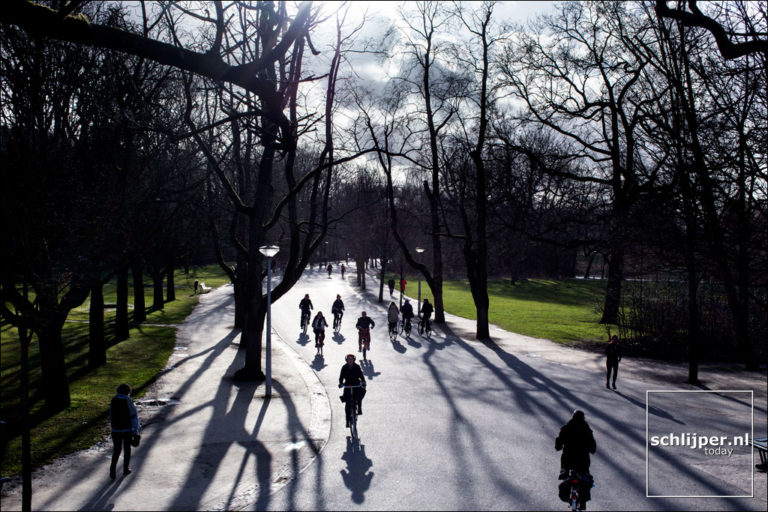
5. Culture of collaboration
International delegations were often inspired to learn how a variety of stakeholders can work together to improve the quality of life in Amsterdam and its metropolitan area. Some had the chance to visit Pakhuis de Zwijger, an important urban-focused hub that brings together public, private and educational interests, as well as “citymakers” who are actively shaping their communities and facilitating bottom-up and community-based solutions. Amsterdam Smart City is another example of a platform that facilitates connections and unique collaborations that spark new smart city projects.
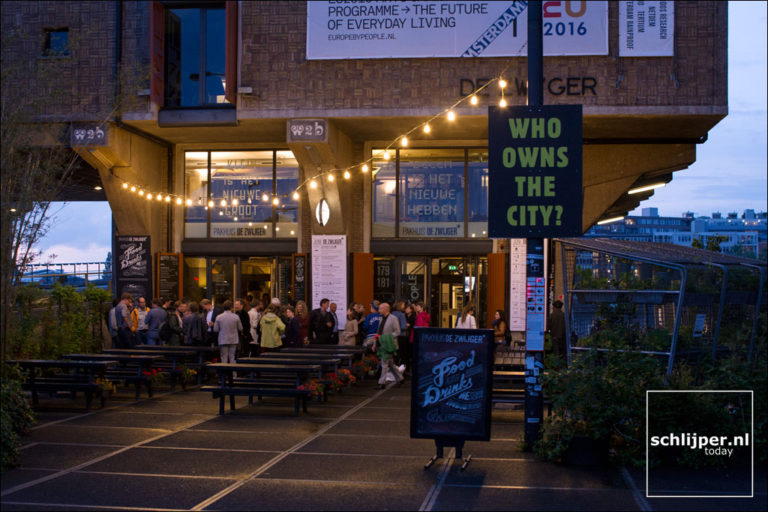
6. Old infrastructure for the new economy
In Amsterdam Noord, the city’s northern district across the river Ij, it is possible to explore large areas previously dedicated to petrochemical and ship-building industries that are now being repurposed for the new economy. Shell’s former headquarters has been convered to the iconic A’dam Tower and its Research Lab transformed to a co-working space for creative and tech startups. Not far, Europe’s once largest ship building yard is now one of the most successful breeding grounds for creative industries and home to innovative 3D printing projects such as Mx3d and the 3D Print Canal House.
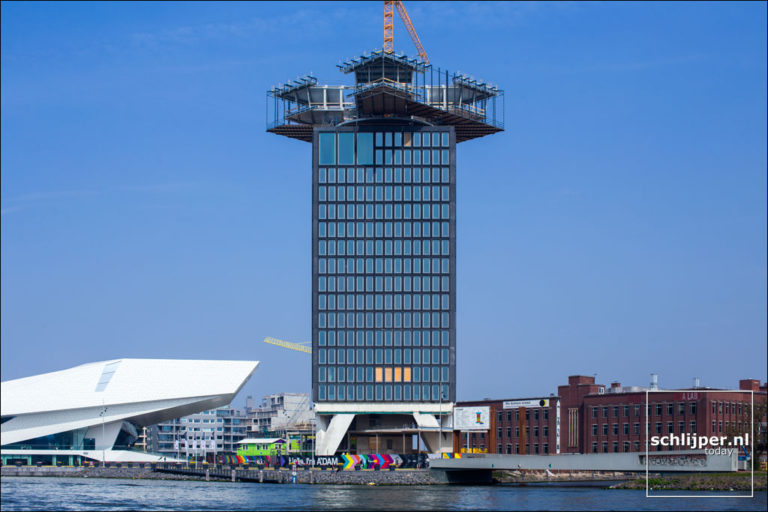
7. Innovative start-ups
Some visiting delegations had the opportunity to meet the people behind some of Amsterdam’s most innovative startups. TreeWifi, for example, builds air quality monitoring devices disguised as birdhouses that can be deployed across the city, rewarding residents with free Wi-Fi whenever the air is deemed clean enough. The project aims to empower citizens to improve air quality in their communities while making visible Internet of Things (IoT) and sensor technologies that are of increasing interest to policy makers.
8. Affordable housing
In too many cities, sustainability becomes synonymous with eco-luxury that is cost prohibitive for a majority of the population. But Amsterdam shows how a sustainable city is an inclusive city, through provision of affordable spaces for students and young professionals. In some cases, shipping containers are used to create temporary housing for students, and recently also for refugees.
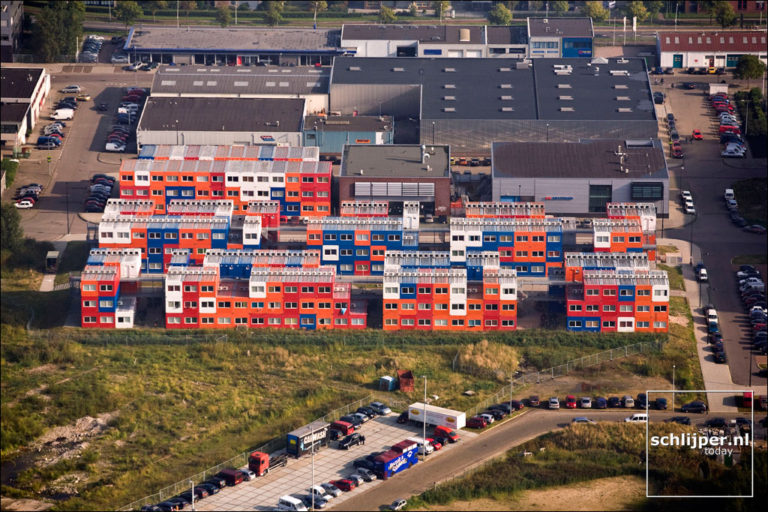
9. Livable business district
Zuidas is Amsterdam’s modern financial district, located just six minutes by train from Schiphol Airport and less than 10 minutes by metro to the city center. The district has high ambitions for becoming the most sustainable business district in the world. What groups found most impressive about Zuidas is the high quality of the built environment, including remarkable buildings like The Edge. With a new state-of-the-art bicycle parking garage at Mahlerplein and a smart bikesharing program in the works, Zuidas is definitely an area to watch in 2017!
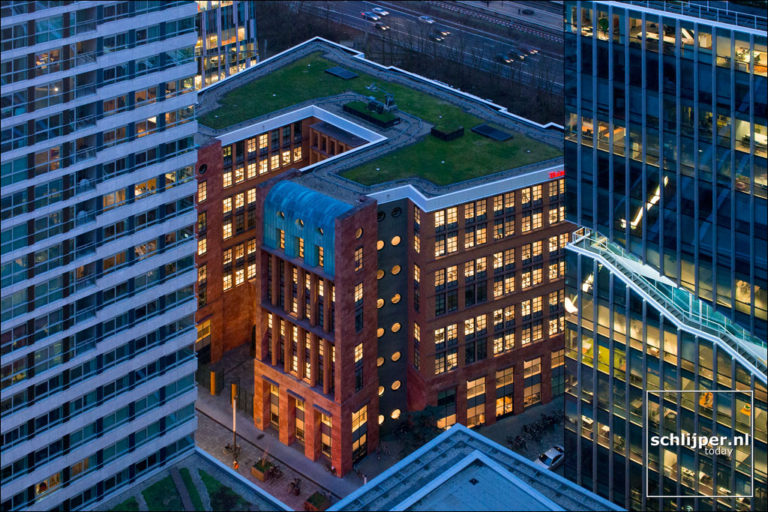
10. Sustainable food
With food systems accounting for a third of global greenhouse emissions, diet is an important though often overlooked topic for sustainable urban policy. In 2014 Amsterdam adopted a Food Vision and Agenda, reaffirming the relationship between the city and its surrounding areas where most of the food is produced. Visiting groups were inspired by century-old street markets, In-Stock meals made of produce that would otherwise be discarded by supermarkets, sustainable Dutch Weed Burgers served at De Ceuvel, and Bugzzz insect-based alternatives to meat. These are just some of the Amsterdam based initiatives that make it possible to make sustainable and delicious food choices in this city.
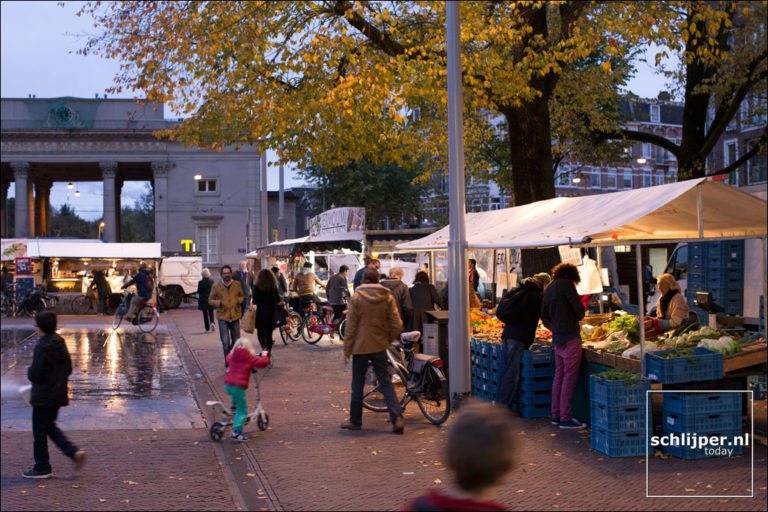
With a great year behind us, Sustainable Amsterdam looks forward to an exciting 2017!
